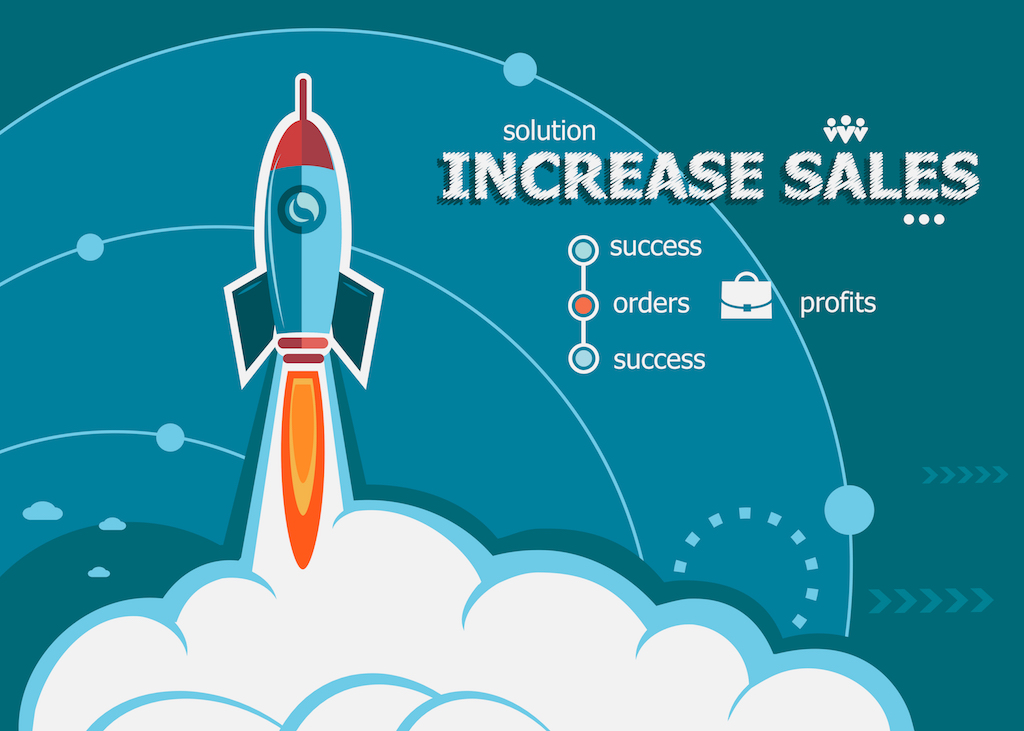For many established businesses, as well as startups, eCommerce presents huge opportunities.
However, many business owners are somewhat daunted at the prospect of launching an eCommerce business and how to go about creating an online store.
This guide considers three different options:
1. “Buy now” buttons on an existing website
2. Selling goods online through an online marketplace like eBay or Amazon
3. Commissioning an eCommerce website
Buy now buttons
These are simple payment buttons which are placed on a website which allow a business owner to take payments. They don’t provide any other functionality. The process of taking payments happens through a provider such as PayPal or Google Checkout. It involves placing a HTML code snippet on a webpage which, when clicked, brings a buyer to a third party site where payment can be made.
“Buy now” buttons are simple and cost effective to implement. There is no need for credit checks or paperwork. Businesses, or merchants as they are often called, can get paid quickly. There are no set-up or monthly fees, just a cost per transaction.
However, buy now buttons tend only to suit businesses with very low sale volumes. They do not work with large volumes and it can be costly to create a large site as all the buttons need to be inserted individually for each product. There is no back office or stock management with this approach.
Online marketplaces
Online marketplaces are an increasingly popular choice for many businesses which want to sell online. The best known are:
- eBay, which is highly popular for everything from rare coins to leather bomber jackets. eBay provides a lot of support to merchants. (See the eBay 20th Birthday infographic below)
- Amazon, which many Irish businesses have used to sell into European and other markets. Amazon provides fulfilment and other services to businesses
- Etsy which has enabled craftspeople throughout the world find new international customers. Again Etsy makes the process of establishing an online store simple by providing support and advice on its seller handbook
On these online marketplaces, all the processes which make up the shopping experience, such as product catalogues, search and payment, take place on the marketplace’s website without the need for the customer or the business to use another service. In addition, the major marketplaces offer a degree of customer and retailer fraud protection.
Some businesses generate all or most of their revenues through selling on online marketplaces and the biggest sellers will sell hundreds of thousands of euros worth of goods each month.
The set-up cost on the major online marketplaces is zero. The costs of an online marketplace consist mainly of sales commission and, in some cases, fixed monthly fees. You can also pay extra with some services if you want a more attractively designed marketplace presence, for instance a custom eBay store.
Online marketplaces provide businesses with access to a customer base across the world or in specific markets. They also overcome problems new online businesses encounter – no brand recognition or consumer trust.
A new online business can win customer trust and sales by leveraging the brand recognition and trust that consumers place in the established online marketplaces. Setting up a presence on one of the marketplace is also easy. It requires little technical know-how although some technical knowledge can help make the product content more attractive and saleable.
There are some downsides:
- Fees, charges and commission can be high
- There are strict service levels. Sellers may have to stick to the marketplaces performance criteria when it comes to refunds, shipping and feedback. Accounts which don’t conform can be suspended
- While listings are easy to set up, there are few branding opportunities
- Customers who use marketplaces are very focused on price rather than on brand, which can impact on a business’s margins
Marketplace v. eCommerce site
Online marketplaces can be excellent sales channels and merit serious consideration by any business which wants to sell online. They tend to suit particular types of business and can fulfil all of their needs to sell online. But for others there are several very good reasons why they should consider having their own website with their own eCommerce platform in addition to any presence on such third party sites.
Those businesses can:
- Use additional sales channels like paid search and shopping comparison sites which may not be compatible with a marketplace presence
- Reduce the risk of being too dependent on a single marketplace for all your sales and being at the mercy of whatever changes the marketplace owner introduces at any time
- Reach customers who do not use online marketplaces
eCommerce solution
An eCommerce solution on a website is composed of the following elements:
- Catalogue. The core of the application will be a catalogue of products including an image, description and price of each product. Behind the catalogue is a database which stores all the product information. It may also contain all the other data needed for the store to function, such as order and customer data.
- Online storefront. This is a user interface that allows the customer to find and put products into a ‘shopping cart’ and calculates the total value of the order, adding any tax or delivery charges that apply.
- Checkout and payment. When a user wants to pay for the items in their shopping basket, they will be taken to a virtual checkout where they will enter delivery and payment information. The eCommerce application will then connect with a payment gateway to verify the payment information and finalise the transaction.
More advanced eCommerce solutions will have order management functionality, which will include managing order status, email communication with customers and web analytics. Some eCommerce platforms will allow integration of your eCommerce with your accounting system so that online payments are recognised by your financial system.
Advanced eCommerce platforms deal with inventory management that can be challenging where a retailer is selling across multiple channels. In this case, the website inventory may require updating in real time across warehouse management systems, online marketplaces like Amazon and point-of-sale systems in retail outlets.
There are a many eCommerce solutions on the market, which vary in terms of their features, functionality and their pricing. To learn more about these products, read the accompanying ThinkBusiness.ie guide to choosing an eCommerce platform.
3 Action Points
Image courtesy of Shutterstock.





